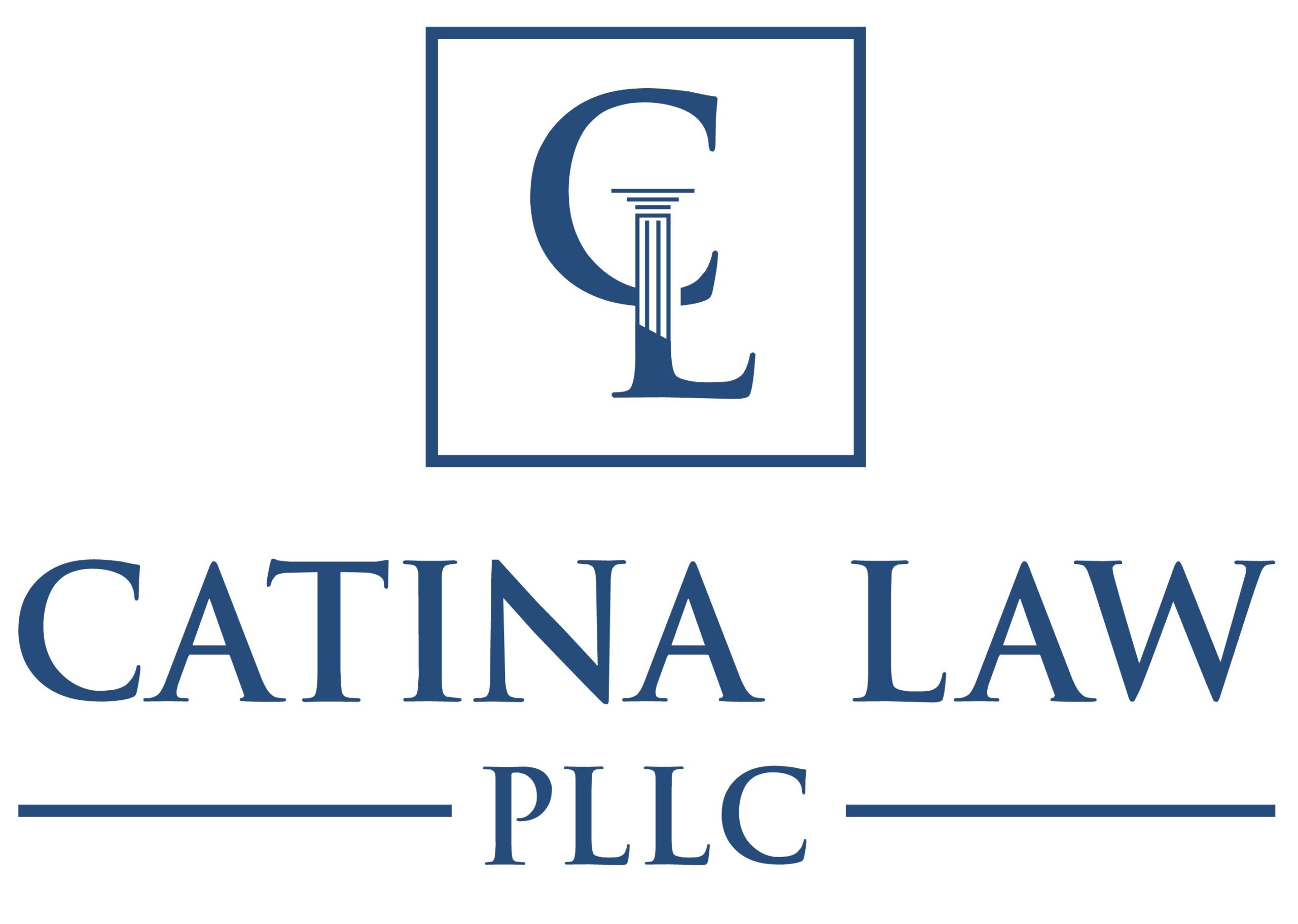You are the holder of a promissory note for $1,400,00.00, for which the maker (i.e. the person(s) who has borrowed money from you) is in default. You are looking to find a way to recover these monies quickly from the maker in an expeditious and cost-effective manner. Is there any other option available to you to recover the monies owed rather than a drawn-out lawsuit that could take significant time and money to resolve? The answer is yes.
For this example, let’s assume that both parties to the Note are residents of the State of New York and executed the Note in Rockland County. Under New York Civil Practice Law and Rules (“CPLR”) 3213, the holder of a promissory note can commence a lawsuit by filing and serving a summons with another document that is called a “motion for summary judgment in lieu of complaint.” Pursuant to CPLR 3213, a plaintiff (the holder of the note) can establish its entitlement to judgment as a matter of law with respect to the note if it shows the existence of the note, executed by the defendant (the maker), containing an unequivocal and unconditional obligation to repay, and the failure by the defendant to pay in accordance with the note’s terms. Torto Note Member, LLC v. Babad, 2021 N.Y. Slip Op. 1438 at *2 (1st Dept. 2021). If the defendant (the maker) cannot submit evidence to establish a triable issue of fact as to a bona fide defense, then the plaintiff should prevail in recovering its judgment.
Why does this CPLR 3213 procedural vehicle matter? Because it was designed with expeditious resolution in mind. This procedure allows for those plaintiffs, who have a claim based upon an instrument for the payment of money only, or a judgment of any kind, quickly gain access to the court with the hope that the court will return judgment in favor of the plaintiff just as quickly. Also, the facts are already settled based on the presumption that the instrument reveals the obligation to repay and the failure to repay. If additional documentation outside the payment instrument is required, then a 3213 motion is not available.
Another reason why this procedural vehicle is particularly useful is for transactional lawyers to review case law borne out of these motions to ascertain what kinds of circumstances, instruments, language, terms, etc. were utilized in these situations that provided for the use of a 3213 motion and whether the judgments recovered by the plaintiffs in those cases can serve as insight as to how the transactional attorney can approach his clients’ situation.
Disclaimer: The information contained in this post is not, nor is it intended to be, legal advice. You should consult an attorney for advice regarding your individual situation. We invite you to contact us and welcome your calls and communications. Contacting us, however, does not create an attorney-client relationship.

